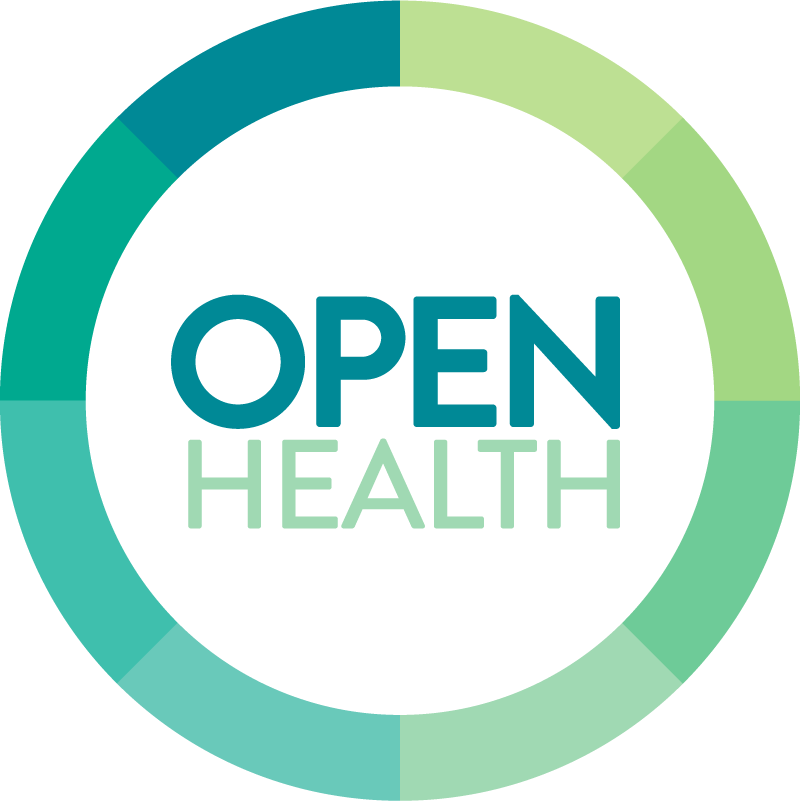SUICIDE AWARENESS
By Lynn Schlossberger LPC
Suicide is a taboo subject. Nobody is eager to mention that they have had even a vague thought of ending their life, but those thoughts happen often. According to the CDC, 1.6 million Americans made a suicide attempt in 2022, and the number who had a vague thought of suicide on a really bad day without acting on it, is very much greater. Now is a good time to talk about it. September is Suicide Prevention month.
Thoughts of suicide happen when stress feels overwhelming, and meaningful options seem unavailable. Those moments can be acute and fleeting, or they can be the vague backdrop of daily debilitating, shaming conditions. Suicide risk is greatest for people who feel powerless or marginalized. It is the second leading cause of death between ages 18-24, when being different is a burden, and bullying is overlooked. Populations at heightened risk include LGBTQ+ people, people with disabilities, Native Americans, people with a history of generational trauma, and people with chronic pain, mental illness, or addiction.
Depression is a major risk factor for suicide, and so is grief, at a time of bereavement, or divorce, or serious medical diagnosis, or job loss; but the behavioral health diagnosis associated with greatest risk of suicide is a chronic condition: Bipolar Disorder. By one estimate, a third of overdose deaths from Opioid addiction were unrecognized suicides. Suicide rates increase with each decade of life, and the elderly are at highest risk because of loss of abilities and meaningful work, ageism, bereavement, and social isolation. Interestingly, health care workers have elevated suicide risk; the nature of the job, bearing witness to the suffering of others, can be overwhelming, and can lead to compassion fatigue. Requirements of documentation distract from caregiving, and can lead to loss of meaning from the work they love. Caregivers need care and empathy.
Suicidal thoughts are prevalent, but people conceal them. What can we do?
As the American Psychiatric Association points out, suicide is preventable. We can intervene in the pattern of disintegration that leads a person to have suicidal thoughts, by removing the stigma that prevents people from talking about their dark thoughts. We hesitate to tread on sensitive ground, but there are warning signs that warrant intervention. If someone looks dejected or becomes withdrawn for an extended period of time, that is a warning sign. If someone gives up on dreams, or says nobody is listening, or thinks they have nothing of value to contribute, that is a warning sign. We can be the person who listens and shows interest. If someone’s drinking or gambling behavior changes, that is a warning sign. Even if it is uncomfortable, it is better to follow up with a question.
It is ok for a caring person, whether a neighbor or a medical provider, to open the door to speaking about suicidal thinking. Research shows that a direct question about suicidal thoughts does not increase the risk of suicide, and indeed may save a life. Just by being present to someone who is struggling, making it safe to talk, we may be making a difference. When suicidality is acknowledged, we can make an appropriate referral for behavioral health services. Sometimes people hesitate to use the 988 crisis line to acknowledge acute suicidal thoughts, for fear the police will come to their door. In reality, 988 reports that kind of intervention only happens in 3% of the cases they serve.
We can support one another in cultivating the protective factors that reduce the risk of suicide, even when a person experiences trauma or misfortune. We can help people recognize their strengths. We can help them reconnect with their community. We can help them find a new sense of community, or meaningful work. All of these protective factors reduce the risk of suicide. We can make a difference.
Lynn Schlossberger LPC


